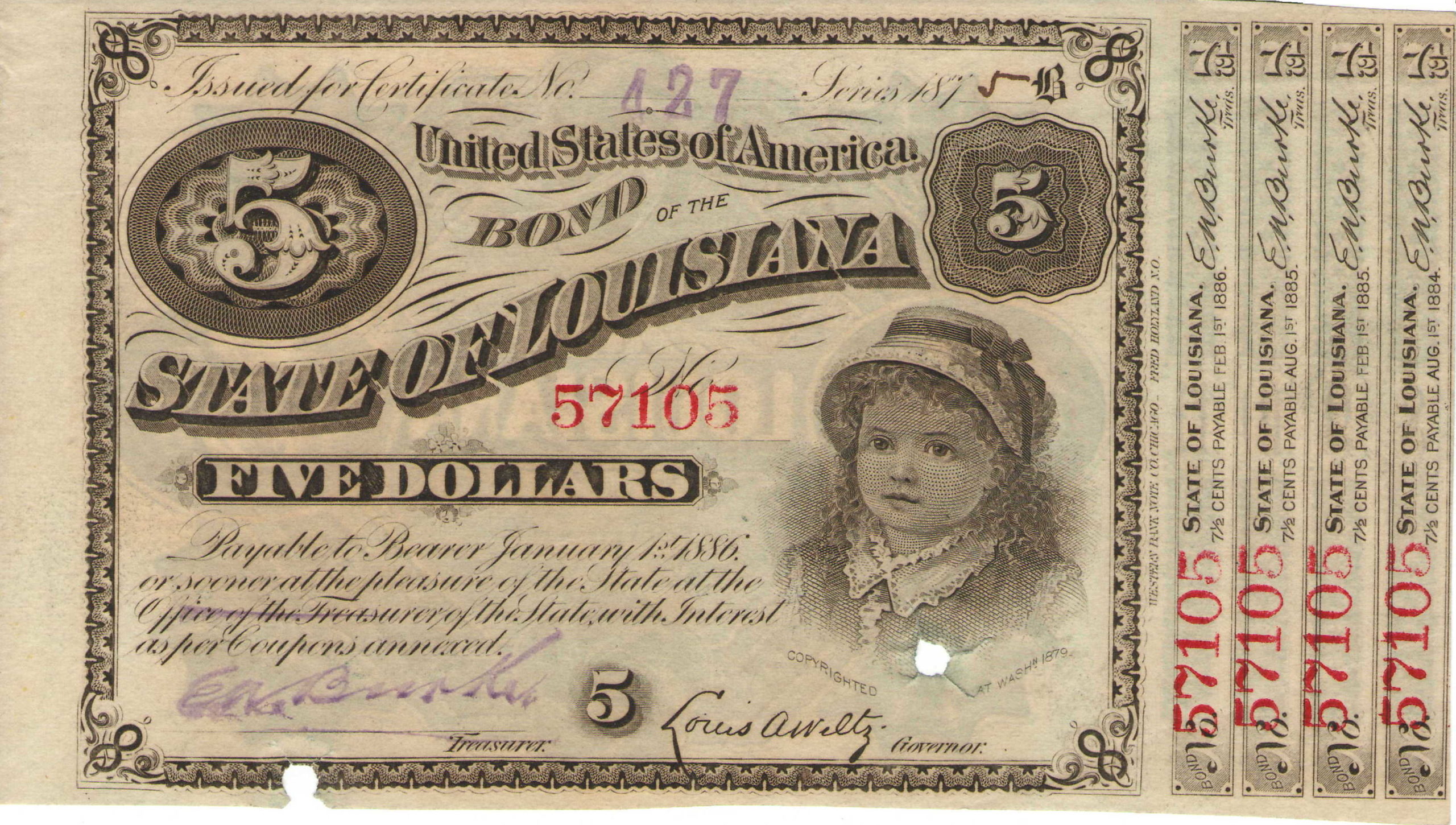Most of the folks reading this column, as well as our radio show listeners and the families we serve agree on one thing: A dollar in a purse or billfold is better than a dollar sent to the government! For years, we have tried to help people make informed investing decisions and avoid financial consequences that range from inefficient to devastating. Perhaps no financial topic has been more misunderstood than municipal bonds.
On one hand, municipal bonds share similarities with all bonds. The issuer needs to borrow money. Municipalities borrow money to fund libraries, infrastructure, and many other investments. A city or state wanting to borrow money, asks investors for a loan through the sale of bonds. People respond in mass because the coupon payments they receive are free of state and federal tax! Nonsense!
A municipality is not a philanthropic entity. Municipalities don’t issue bonds to provide citizen tax breaks. Instead, municipal bond payments reflect the minimum rate necessary to attract investors’ funds. That is why credit ratings matters so dearly to a state’s taxpayers.
Municipalities use a formula to determine the lowest rate they can pay to attract funding. Typically, they check to determine what rate a corporation with a similar credit rating would have to pay, knowing that corporate coupon payments are taxable. Next, the issuing institution looks to see what a tax-exempt payment would net out. Viewed through this lens, a 5% corporate coupon taxed at a 37% rate and state rate would deliver around 3.15%, less the state tax. Thus, the higher your tax bracket, the more the bond’s tax-free status matters.
The municipality pays what the corporate rate would yield after taxes and then adds an incentive to attract money. For example, a municipality may add another .25 to .5%. That “sweetener” is substantial when a person has a million dollars to invest.
However, the challenge is that regardless of tax rate most people go back to the first point in this column. People hate taxes! When retired bondholders were employed and in a higher tax bracket, the municipal bonds might have made sense. But things change. At retirement, many investors would have been better served by paying the tax. Their net income would actually be higher.
The recently changed tax code has spurred new interest in the municipal bond market. But not all states have level playing fields when it comes to taxes. Keep in mind that the state rate is over 13% in California and more than 12% in New York. In these states, residents’ incomes must be higher due to an elevated cost of living. Not only do residents in some states have larger federal tax rates, but many times their state tax rate is more than double the Indiana rate. The facts in media stories about municipal bonds are mostly accurate. But the story as it pertains to the average investor will lead to inefficient decisions. Know your tax rate before you make any investment decision.
Tax advice provided by CPA’s affiliated with Financial Enhancement Group, LLC.
Disclaimer: Do not construe anything written in this post or this blog in its entirety as a recommendation, research, or an offer to buy or sell any securities. Everything in this post is meant for educational and entertainment purposes only. I or my affiliates may hold positions in securities mentioned in the blog. Please see my Disclosure page for full disclaimer.


